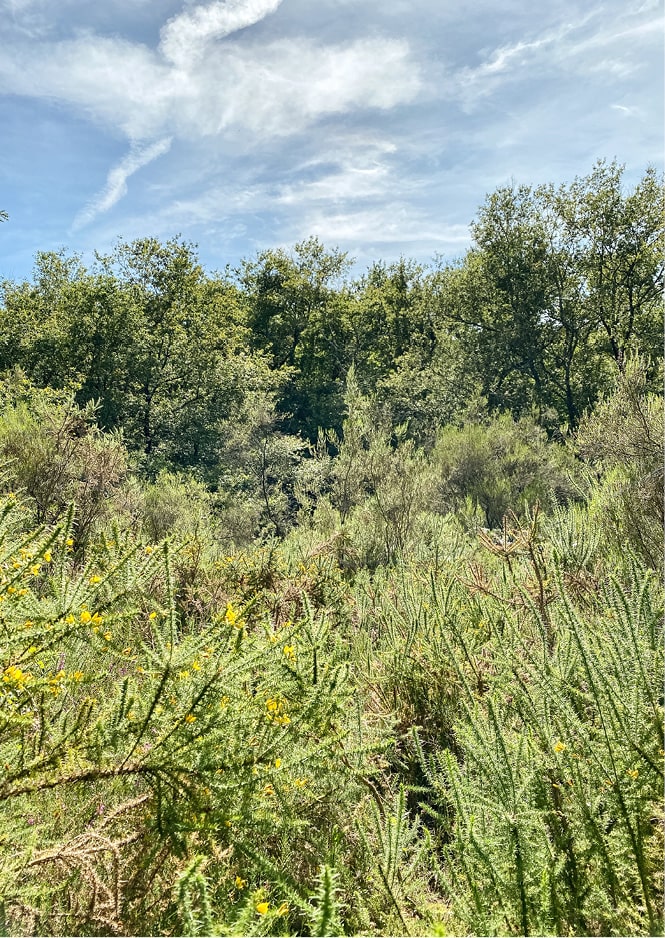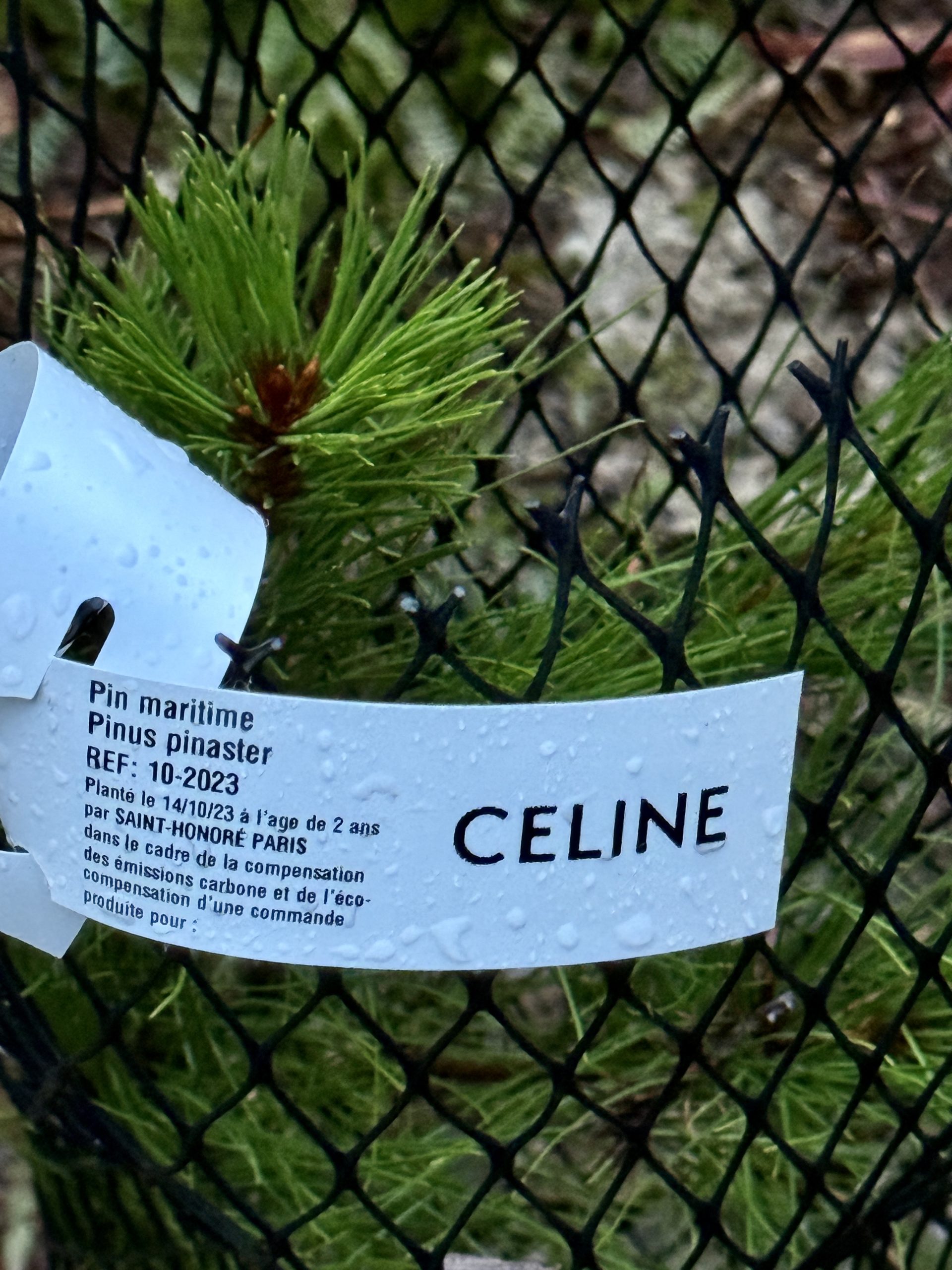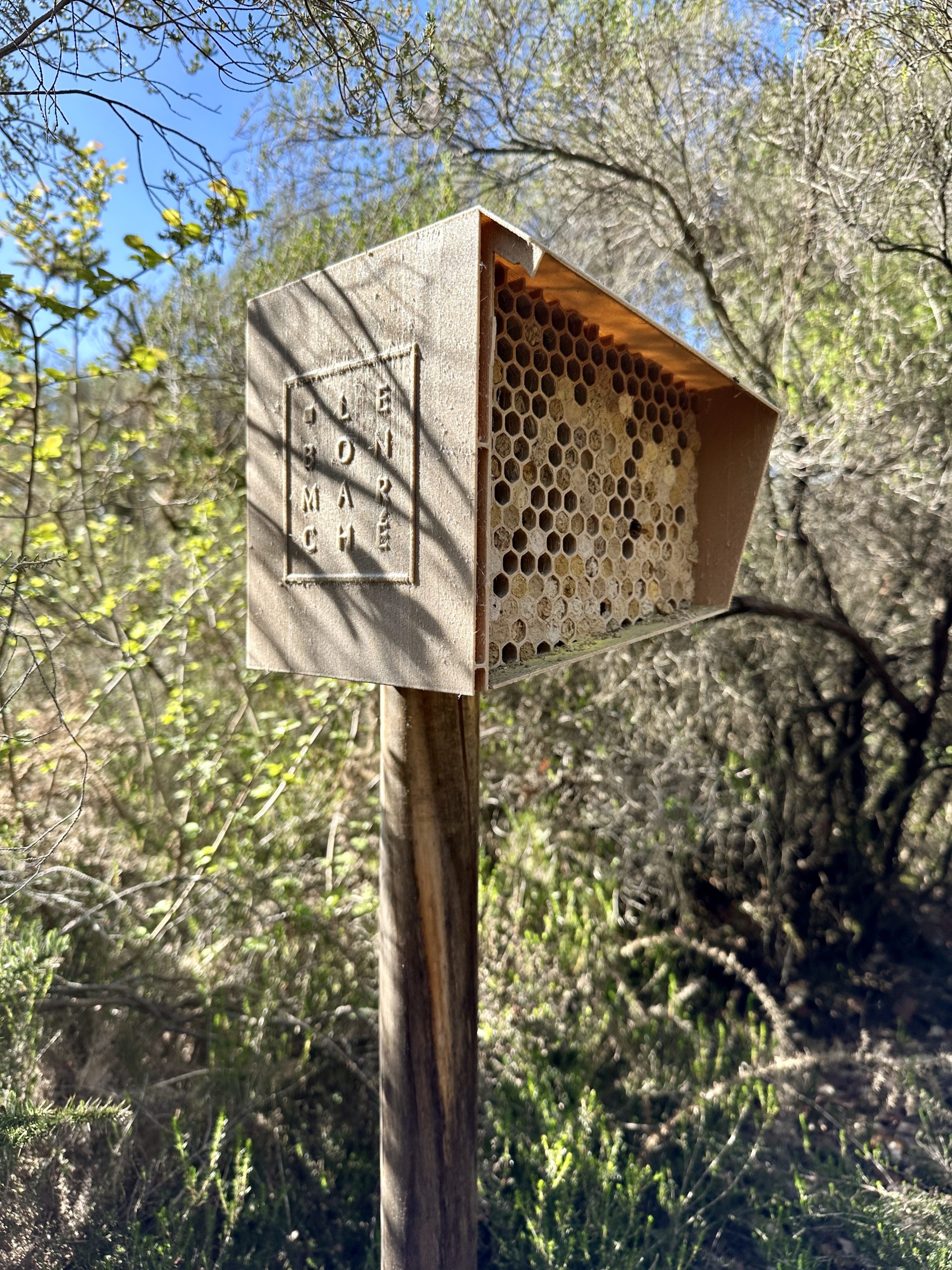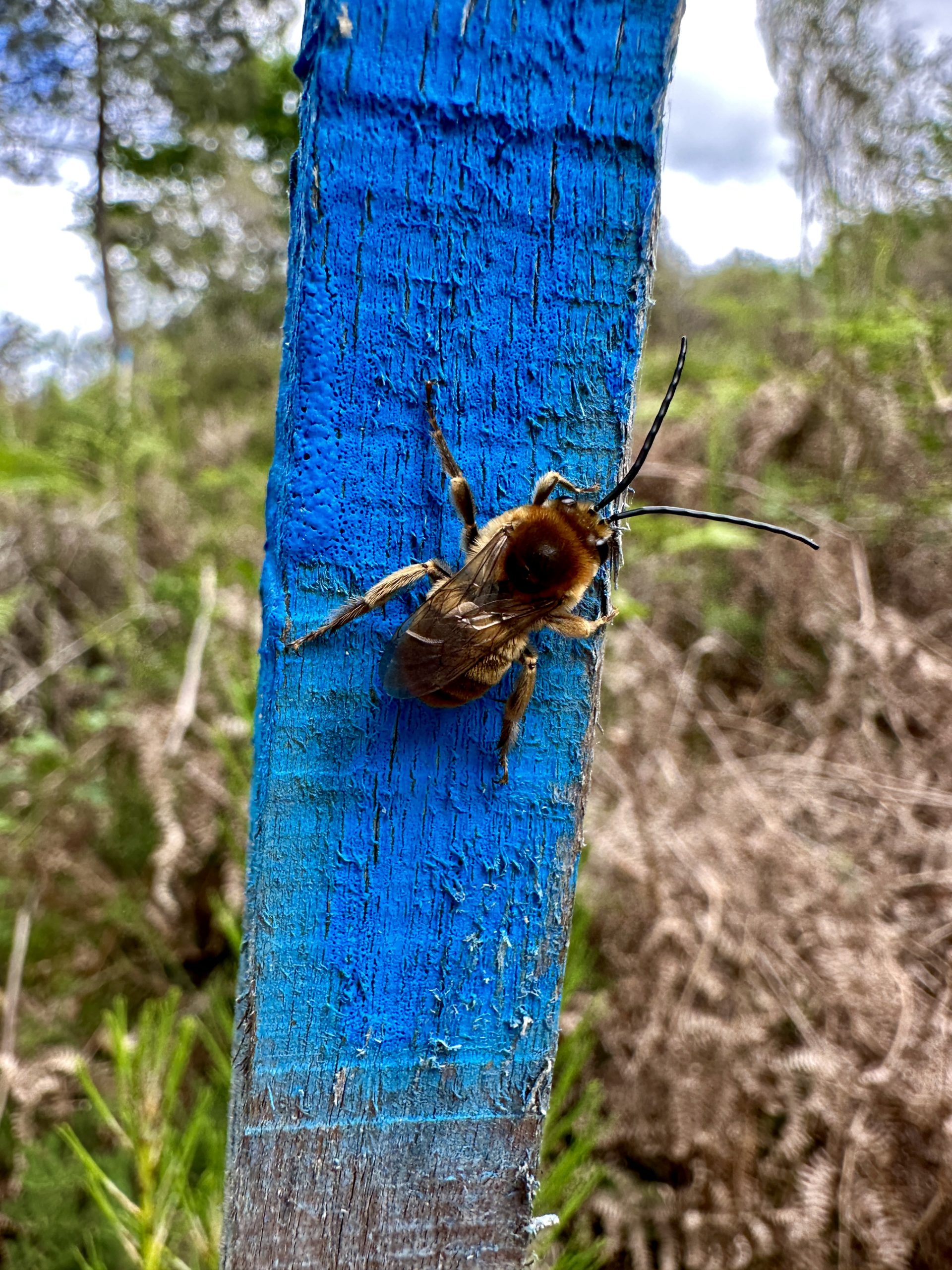
With the Domaine Saint-Honoré, all your orders are eco-compensated
To offset the carbon footprint of producing your display stands and window mannequins, and to contribute to French reforestation, we have created an unparalleled environmental program in the industry world. This unique, tangible, in-house environmental program in Europe is based on our own forestry estate of over 20 hectares – this is the Domaine Saint-Honoré.
Surrounded by experts and through two campaigns each year, we plant a sufficient number of trees to eco-compensate and contribute to the neutralization of the carbon footprint of each of your projects.
At the heart of our Commitment: the Raw material
By choosing recycled and recyclable metals, we offer our clients the assurance of acquiring eco-friendly window display stands. We also provide a recycling service for end-of-life displays, whether they were produced by us or not.
Our eco-responsibility extends to our wooden displays as well. The solid wood used is sourced responsibly; for example, every time a tree is cut down for the production of displays, we plant two in its place.
The pinnacle of our ecological commitment is our BOISNORÉ® wood 3D printing technology. It gives customers the ability to print a portion of our collection of display stands and window mannequins in wood. This major technological advancement enables the most ethical fashion brands to use displays that combine aesthetics, local production, customization, and biodegradability.

Prioritizing recycled and recyclable materials for a more responsible fashion
All of our metal displays are made from certified recycled metals packaged in FSC cartons. Our wood products come from forests that are managed with respect for the environment.
We also offer our customers tailor-made solutions to take over their old displays in order to give them a second life.

(Photo : one of our bee house in collaboration with LVMH®)
Wild bees are threatened, notably by the use of pesticides and the scarcity of natural habitats. Yet, these bees, although lesser-known, are excellent pollinators for our crops.
As part of the enhancement of our environmental program, we reintroduce and manage wild bee colonies at Domaine Saint-Honoré.
Launched in 2020, this program involves installing small houses and establishing wild bee colonies, each starting with an initial population. Once occupied, each house covers an area of 300m² and renews itself annually, thus ensuring excellent pollination for a large part of the flora in our lands and forests.
Currently, we proudly manage a park of 32 colonies, accounting for about 40,000 wild bees. Our goal is to reach 40 large colonies to cover the entirety of our estate.
Your bees, our hives
For each order, we already plant a sufficient number of trees to eco-compensate for our production; with this wild bee reintroduction program, we automatically offer our best clients an additional way to act for the environment.
It’s simple: by entrusting us with the development and production of your window displays, we continually install more houses and colonies of wild bees.
And to complete the virtuous cycle, all our wild bee houses are 3D printed in BOISNORÉ® and thus naturally shelter the colonies.
